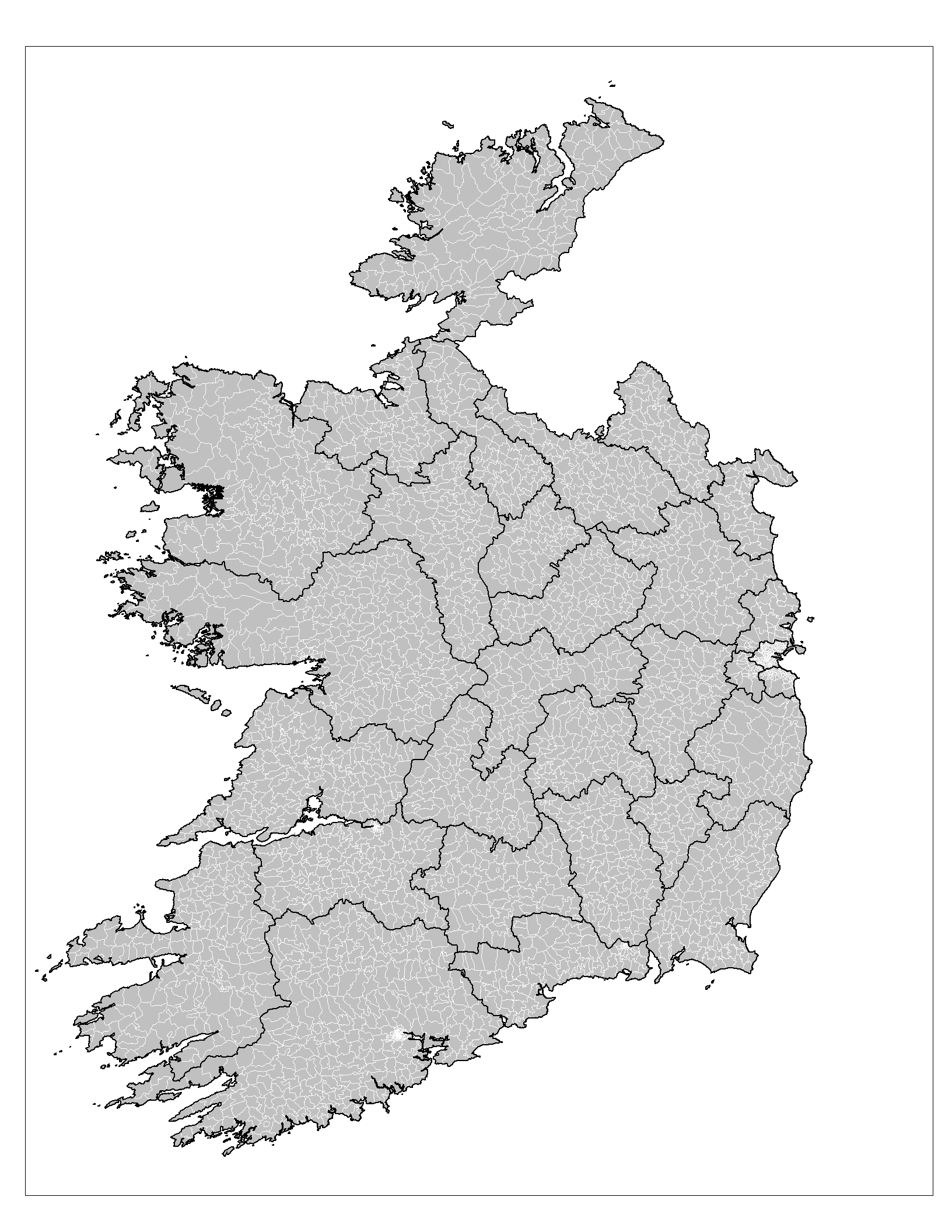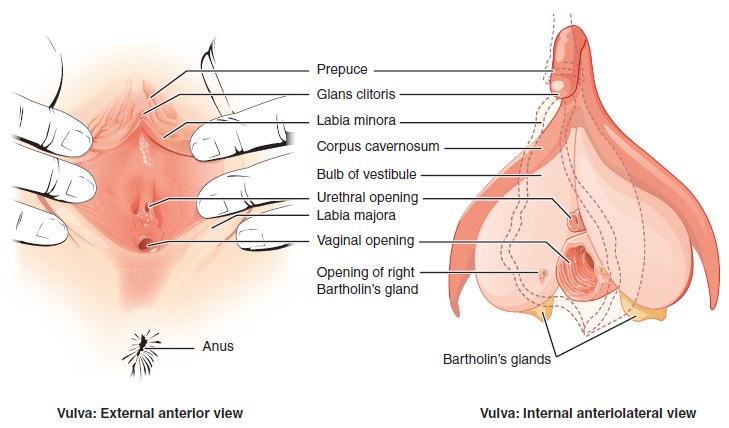|
Shanballymore Hurlers
Shanballymore (, colloquially ''Shanbla'') is a small village in north County Cork, Ireland. It neighbours the towns of Doneraile, Kildorrery and Castletownroche, and is off the main route from Mallow to Mitchelstown. Shanballymore is part of the Cork East Dáil constituency. The village has a pub "The Corner House", a school and a Catholic Church. The church is dedicated to Christ the King. Shanballymore GAA is the local GAA club. The village had a population of 165 people as of the 2016 census. History Shanballymore, also historically referred to as ''Templeruan – Sonnachgowan'' (old town), is situated on the North bank of the Awbeg River – Spenser's 'Mulla Fair' – astride the road from Mallow to Mitchelstown. It is also traversed by the 'Bianconi Road' .This is the old road which crosses Wallstown Hill over the river and Clogher Hill, the cobbled surface of which can still be seen in a few places. The modern 'New Line' was built as a public work around the h ... [...More Info...] [...Related Items...] OR: [Wikipedia] [Google] [Baidu] |
Tower Houses In Britain And Ireland
Tower houses ( ga, caisleán) appeared on the Islands of Ireland and Great Britain starting from the High Middle Ages. They were constructed in the wilder parts of Great Britain and Ireland, particularly in Scotland, and throughout Ireland, until at least up to the 17th century. The remains of such structures are dotted around the Irish and Scottish countryside, with a particular concentration in the Scottish Borders where they include peel towers and bastle houses. Some are still intact and even inhabited today, while others stand as ruined shells. Scottish tower houses Tower houses are often called castles, and despite their characteristic compact footprint size, they are formidable habitations and there is no clear distinction between a castle and a tower house. In Scotland a classification system has been widely accepted based on ground plan, such as the L-plan castle style, one example being the original layout (prior to enlargement) of Muchalls Castle in Scotland. The few ... [...More Info...] [...Related Items...] OR: [Wikipedia] [Google] [Baidu] |
Cork East (Dáil Constituency)
Cork East is a parliamentary constituency in County Cork represented in Dáil Éireann, the lower house of the Irish parliament or Oireachtas. The constituency elects 4 deputies ( Teachtaí Dála, commonly known as TDs) on the system of proportional representation by means of the single transferable vote (PR-STV). History and boundaries The constituency was first created in 1923 under the Electoral Act 1923 as a 4-seat constituency and was first used for the 1923 general election. It was abolished under the Electoral (Revision of Constituencies) Act 1935. It was recreated under the Electoral (Amendment) Act 1947 as a 3-seat constituency and used for the 1948 general election until it was abolished under the Electoral (Amendment) Act 1961. It was recreated under the Electoral (Amendment) Act 1980 as a 4-seat constituency for the 1981 general election, and has been used at all elections since then. The constituency runs from Mitchelstown and Mallow in the north of County Cor ... [...More Info...] [...Related Items...] OR: [Wikipedia] [Google] [Baidu] |
Townlands
A townland ( ga, baile fearainn; Ulster-Scots: ''toonlann'') is a small geographical division of land, historically and currently used in Ireland and in the Western Isles in Scotland, typically covering . The townland system is of Gaelic origin, pre-dating the Norman invasion, and most have names of Irish origin. However, some townland names and boundaries come from Norman manors, plantation divisions, or later creations of the Ordnance Survey.Connolly, S. J., ''The Oxford Companion to Irish History, page 577. Oxford University Press, 2002. ''Maxwell, Ian, ''How to Trace Your Irish Ancestors'', page 16. howtobooks, 2009. The total number of inhabited townlands in Ireland was 60,679 in 1911. The total number recognised by the Irish Place Names database as of 2014 was 61,098, including uninhabited townlands, mainly small islands. Background In Ireland a townland is generally the smallest administrative division of land, though a few large townlands are further divided into h ... [...More Info...] [...Related Items...] OR: [Wikipedia] [Google] [Baidu] |
Electoral Division (Ireland)
An electoral division (ED, ) is a legally defined administrative area in the Republic of Ireland, generally comprising multiple townlands, and formerly a subdivision of urban and rural districts. Until 1996, EDs were known as district electoral divisions (DEDs, ) in the 29 county council areas and wards in the five county boroughs. Until 1972, DEDs also existed in Northern Ireland. The predecessor poor law electoral divisions were introduced throughout the island of Ireland in the 1830s. The divisions were used as local-government electoral areas until 1919 in what is now the Republic and until 1972 in Northern Ireland. History until partition Electoral divisions originated under the Poor Relief (Ireland) Act 1838 as "poor law electoral divisions": electoral divisions of a poor law union (PLU) returning one or more members to the PLU's board of guardians. The boundaries of these were drawn by Poor Law Commissioners, with the intention of producing areas roughly equivalent in ... [...More Info...] [...Related Items...] OR: [Wikipedia] [Google] [Baidu] |
Vulva
The vulva (plural: vulvas or vulvae; derived from Latin for wrapper or covering) consists of the external sex organ, female sex organs. The vulva includes the mons pubis (or mons veneris), labia majora, labia minora, clitoris, bulb of vestibule, vestibular bulbs, vulval vestibule, urinary meatus, the Vagina#Vaginal opening and hymen, vaginal opening, hymen, and Bartholin's gland, Bartholin's and Skene's gland, Skene's vestibular glands. The urinary meatus is also included as it opens into the vulval vestibule. Other features of the vulva include the pudendal cleft, sebaceous glands, the urogenital triangle (anterior part of the perineum), and pubic hair. The vulva includes the entrance to the vagina, which leads to the uterus, and provides a double layer of protection for this by the folds of the outer and inner labia. Pelvic floor muscles support the structures of the vulva. Other muscles of the urogenital triangle also give support. Blood supply to the vulva comes from the t ... [...More Info...] [...Related Items...] OR: [Wikipedia] [Google] [Baidu] |
Nano Nagle
Venerable Honora Nagle ( – 26 April 1784), known informally as Nano Nagle, was a pioneer of Roman Catholic education in Ireland despite legal prohibitions. She founded the Sisters of the Presentation of the Blessed Virgin Mary (PBVM), commonly known as the Presentation Sisters, now a worldwide Catholic institute of women religious. She was declared venerable in the Roman Catholic Church on 31 October 2013 by Pope Francis. Background Nano Nagle lived during the period when the Catholic majority in Ireland were subject to the anti-Catholic Penal Laws. The Catholic Irish were denied political, economic, social and educational rights that would have lifted them from mass poverty. The parliamentarian and philosopher, Edmund Burke, a younger cousin of Nagle who spent part of his childhood in her birthplace, described those laws: "Their declared object was to reduce the Catholics in Ireland to a miserable populace, without property, without estimation, without education." Ear ... [...More Info...] [...Related Items...] OR: [Wikipedia] [Google] [Baidu] |
Patriot Parliament
Patriot Parliament is the name commonly used for the Irish Parliament session called by King James II during the Williamite War in Ireland which lasted from 1688 to 1691. The first since 1666, it held only one session, which lasted from 7 May 1689 to 20 July 1689. The House of Commons was 70 members short since there were no elections in the northern counties; as a result, its members were overwhelmingly Old English and Catholic. Sir Richard Nagle was elected speaker while the House of Lords was led by Baron Fitton; the opposition was led by Anthony Dopping, a Church of Ireland cleric who served as the Bishop of Meath. Irish nationalist historian Sir Charles Gavan Duffy first used the term Patriot Parliament in 1893 but in reality, it was deeply divided. The deliberate destruction of its records after 1695 mean assessments, both negative and positive, often rely on individual accounts. Background Despite his Catholicism, James II became king in 1685 with widespread suppor ... [...More Info...] [...Related Items...] OR: [Wikipedia] [Google] [Baidu] |
Richard Nagle
Sir Richard Nagle (1636 – 6 April 1699) was an Irish Jacobite politician and lawyer. He held the positions of Attorney-General for Ireland, Speaker of the Irish House of Commons, Lord Justice of Ireland and Secretary of State and War for Ireland under King James II. He fled to France in 1691, joining James II at Saint Germain, where he resumed his duties as nominal Secretary of State and War. He later served as Commissioner of the Household.Corp, p 360. Biography Richard was born into an Old English family at Carrigacunna Castle, in County Cork, the son of James Nagle of Annakissy, and James' wife, Honora Nugent. This was his family's seat. His brother Pierce was a future High Sheriff of Cork. Although Richard was initially destined to join the clergy, he was educated in law at Gray's Inn and was called to the bar in Dublin. "Active and skillful", he had a successful career as a lawyer. The Earl of Tyrconnell brought Richard to England with him in 1685 to meet James II.D'Al ... [...More Info...] [...Related Items...] OR: [Wikipedia] [Google] [Baidu] |
Donohill
Donohill or Dunohil () is a village and civil parish in County Tipperary, Ireland. It is one of nine civil parishes in the barony of Kilnamanagh Lower. The village is located on the R497 regional road from Nenagh to Tipperary town, 8 kilometres north of Tipperary. History According to the ''Topographical Dictionary of Ireland'' published by Samuel Lewis in 1837, the village had a population of 4308, today this has shrunk to almost one seventh of that to 631. There are ruins of an old church and houses near the village as well as Ballysheedy Castle which is located nearby. Geography Donohill is located in west Tipperary. The land area of the Donohill civil parish is 12,812 statute acres, or 51.8 square kilometres. The village is located in the heart of the Golden Vale, the greatest land for dairy farming. Demographics The population of the village increased by 1.8% from 620 to 631, from 2002 to 2006. Sport The local Gaelic club of Donohill is Éire Óg Annacarty GAA. The tea ... [...More Info...] [...Related Items...] OR: [Wikipedia] [Google] [Baidu] |
Irish Derby Stakes
The Irish Derby (Irish: Dearbaí na hÉireann) is a Group 1 flat horse race in Ireland open to three-year-old thoroughbred colts and fillies. It is run at the Curragh over a distance of 1 mile and 4 furlongs (2,414 metres), and it is scheduled to take place each year in late June or early July. It is Ireland's equivalent of the Epsom Derby, and it is currently held three weeks after the English race. History The earliest version of the Irish Derby was an event called the O'Darby Stakes. This was established in 1817, but it was discontinued after 1824. A subsequent race titled the Curragh Derby was inaugurated in 1848, but this was again short-lived. The modern Irish Derby was created by the 3rd Earl of Howth, the 3rd Marquess of Drogheda and the 3rd Earl of Charlemont. It was first run in 1866, and it was initially contested over 1 mile, 6 furlongs and 3 yards. It was extended by 9 yards in 1869, and cut to its presen ... [...More Info...] [...Related Items...] OR: [Wikipedia] [Google] [Baidu] |






